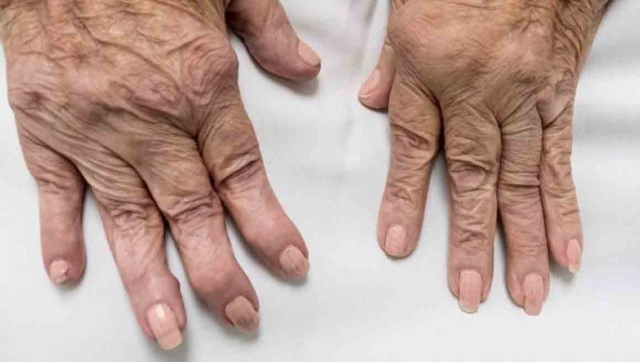Rheumatoid arthritis arises due malfunction of our immune system. This means that sometimes our immune system starts attacking our body instead of protecting us from infections and foreign particles. In India, approximately one percent of the population suffers from rheumatoid arthritis. Therefore, as per calculations almost 10 lakh people suffer from this type of arthritis. Most people assume that arthritis is a disease that older people suffer from and younger population is safe from it. However, arthritis can affect younger population as well. Two different kinds of arthritis have been identified. The first is related to age which is called osteoarthritis, here there is damage in the cartilage. The other kind is related to inflammation and it has different variations with rheumatoid arthritis being one of them. Most people who are affected by rheumatoid arthritis belong to the younger age group between 20 and 40 years. It is also more among women. Arthritis as a disease can take place in children too, this is known as juvenile idiopathic arthritis. Therefore, one must note that the disease does not choose an age group. In order to prevent any complications, one must be aware of the signs and symptoms of arthritis. Here are a few signs of the disease: • Pain and stiffness in the hand joints, specially in the wrist and knuckles • Pain in the joints of the foot • Early morning stiffness of hands and body which makes a person take longer than 45 minutes to get into their daily routine. As a part of this sign one may notice that the pain reduces as the day passes by but worsens again at night When these signs are felt, the patient must consult a rheumatologist right away and intervene to avoid complications. When one gets arthritis, symptoms are felt within the first four to six weeks. This starts with swelling of joints like knees, shoulders and elbows. Patients who receive late treatment have to consume more painkillers and have higher chances of damage in their joints. One important point to note is that rheumatoid arthritis is not limited to joints but can also affect the lungs, kidneys and eyes. Treatment is the most important part of arthritis. In the recent years the treatment has advanced a lot. However, there is no complete cure for arthritis. Over the past few years researchers have started to prescribe almost negligible amount of painkillers and minimal amount of steroids. The drugs that are prescribe include DMARDs (Methotrexate, Leflunomide, Hydrochloroquine and Sulphasalzine), biological DMARDs and JAK inhibitors. 80 percent of the time patients are prescribed DMARDS while 20 percent of the patients may be prescribed biological drugs or JAK inhibitors due to the aggressive nature of the disease. There is not much that can be said about alternate medicines, however, in my view it does not help patients who have been affected severely, only patients with mild symptoms may benefit from it. As doctors our aim is to ensure that minimal damage is caused to the joints and also ensure that the patient has a good quality of life by avoiding painkillers and steroids as much as possible. In addition to medications, modifications in patients lifestyle are required to manage arthritis. It is recommended to exercise for at least 20 minutes a day, quit smoking and make changes in the diet. Moreover, stress can also trigger autoimmune diseases, of which arthritis is a part. Therefore, it is necessary to undertake relaxation methods to keep stress away. The author is Director, Rhuematology, Fortis Hospital, Vasant Kunj in New Delhi
Most people who are affected by rheumatoid arthritis belong to the younger age group — between 20 and 40 years. It is also more rampant among women
Advertisement
End of Article


)

)
)
)
)
)
)
)
)



